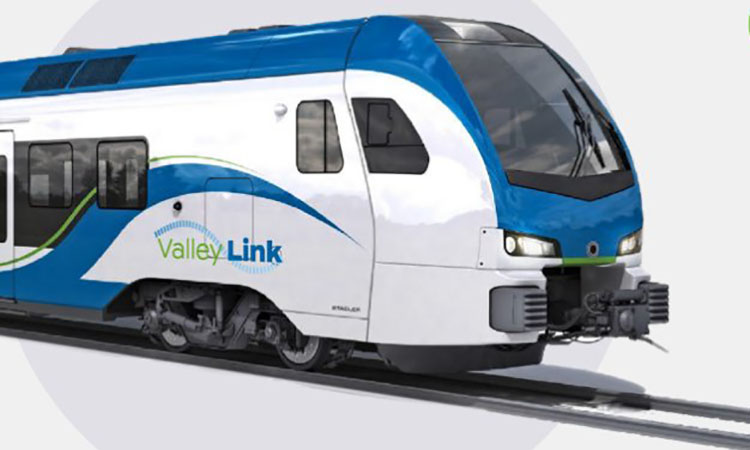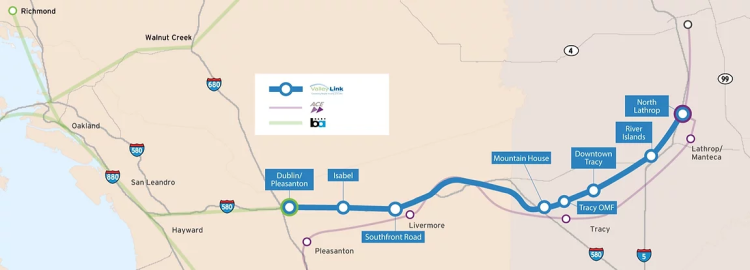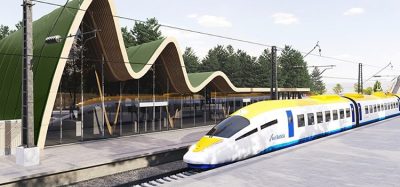Valley Link project closer to operating on self-produced green hydrogen fuel
Posted: 21 October 2022 | Elliot Robinson (Editorial Assistant - Global Railway Review) | No comments yet
Following Board approval, the Valley Link rail project will now use 200 acres of property to implement a green hydrogen production facility.


Credit: @ValleyLinkRail
The Tri-Valley–San Joaquin Valley Regional Rail Authority (Authority) Board of Directors have approved the final purchase agreement with the City of Tracy for 200 acres of property to be used for the Valley Link rail project.
The approval
This follows the Authority’s approval in September of the project’s Hydrogen Production Feasibility Study. This property provides the critical land area needed to implement a green hydrogen production facility that will support the Authority’s vision of sustainability for the Valley Link rail project – to be the first passenger rail system in California to run on self-produced, green hydrogen, with a hydrogen fuel production facility able to support the clean energy goals of other transit and heavy truck operators.
“Valley Link’s self-produced, green hydrogen will reduce the cost of the overall project operations for the public and offset state and federal transit subsidies,” Veronica Vargas, Chair of the Authority Board of Directors, said. “The project’s vision also supports opportunities to create and sustain new living wage jobs in both the hydrogen fuel production and related renewable energy industries. This is good for both the economy and the environment.”
Related news you will enjoy:
TSA issue new cyber-security requirements for U.S. passenger and freight railroad carriers
The Valley-Link rail project
The 26-mile Valley Link Rail Project Phase 1 between the Dublin/Pleasanton Bay Area Rapid Transit (BART) station in Alameda County and the Mountain House station in San Joaquin County, will connect tens of thousands of Bay Area workers now commuting daily from their homes in communities in the Northern San Joaquin Valley, some of the state’s most disadvantaged communities located in one of the most polluted air basins in the United States.
The Authority is leading the implementation of the Valley Link rail project as a model of sustainability – one that could operate on its own created renewable energy, support transit-oriented land use development around station areas, and promote innovation in station access, while maximising air quality, equity, health, and workforce benefits.


Credit: Tri-Valley–San Joaquin Valley Regional Rail Authority
Related topics
Hydrogen Trains, Infrastructure Developments, Regulation & Legislation, Sustainability/Decarbonisation








